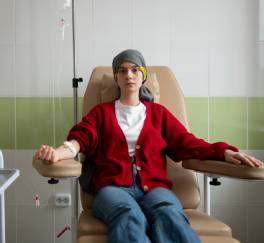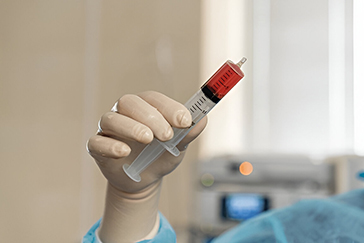 Book Appt.
Book Appt.
 Call Now
Call Now


Leukemia is a group of blood cancers that affect the bone marrow, blood, and lymphatic system. It originates in the cells that produce blood, leading to an overproduction of abnormal white blood cells. Leukemia can be acute or chronic and is classified into various subtypes, each with its unique characteristics.
Types of Leukemia
Leukemia is primarily categorized into four main types:
Causes and Risk Factors
The exact cause of leukemia is not always clear, but several risk factors have been identified:
Symptoms of Leukemia
Leukemia symptoms can vary depending on the type and stage of the disease but often include:
Diagnosis
Diagnosing leukemia typically involves a combination of the following tests and procedures:
Treatment Options
The treatment approach for leukemia depends on several factors, including the type, stage, and the patient's overall health. Common treatment options include:
Prognosis
Leukemia prognosis varies widely based on factors like the type, stage at diagnosis, and overall health of the patient. Advances in treatment have improved survival rates, and many individuals with leukemia can achieve remission or even be cured. However, ongoing medical monitoring and follow-up care are crucial for long-term management and to address any potential complications or relapse.
SHALBY Sanar International Hospitals provides extensive medical procedures backed up with our state-of-the-art technology and a team of highly qualified & experienced clinical experts.
Our doctors pen down their research findings and experiences from time to time. Their words provide deep insight into the latest techniques, technologies and other advancements in healthcare. It provides expert answers to all kinds of health questions for real-life issues.
VIEW ALL



.jpg)
Since the day of its foundation, SHALBY Sanar International Hospitals is committed to provide comprehensive healthcare services. It regularly organizes awareness programs in its premises and encourages outdoor healthcare activities and camps with an intent to put focus on preventive healthcare.
VIEW ALL